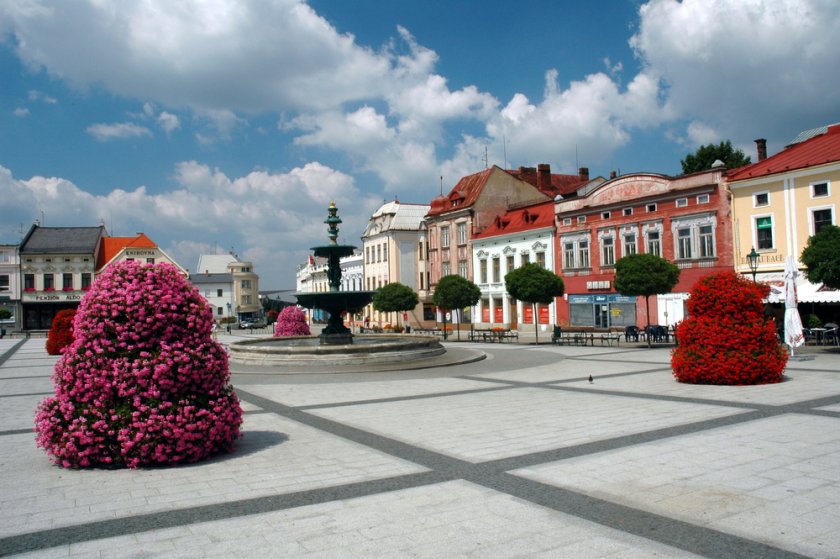Karviná
Less than 20 km east of Ostrava, in the Moravian-Silesian Region, at the northern edge of the Beskydy foothills lies the town of Karviná, whose northern region forms the border with Poland. The city is inextricably linked with mining, but we also find a number of historical monuments in it, which are definitely worth seeing. The historic core of Karviná is today a city monument zone.
Information for visitors
Interesting facts Karviná
History of the town
The area on which the city is located today was inhabited as early as the Stone Age, which was certainly caused by the strategic location at the crossroads of trade routes. However, the town of Karviná was not founded until 1268, when historical sources mention Fryštát, which is now part of Karviná and since 1327 a town and an important center of crafts and trade on the way from Hungary to the Baltics.
The town gained importance especially after the middle of the 15th century, when it gained the right to a higher judiciary, the right to a mile and the right "to the fourth knee", later also Kazimír's privilege, on the basis of which markets were allowed in the town.
Because until then, mostly Evangelicals lived in Karviná, the Thirty Years' War was a big blow to the town. Swedish and Danish troops besieged Karviná until 1648, and the plague was also hampered by numerous plague epidemics.
During the 18th century, the largest peasant uprising in the region took place here, which resulted in the issuance of a robot patent for Silesia. A fundamental change occurred in the second half of the 18th century, when black coal was discovered here, and when the hitherto not very important village became an important economic base of the Austro-Hungarian monarchy.
After the establishment of Czechoslovakia, numerous disputes arose in the Těšín region in connection with relations between Poland and the Czechoslovak Republic. In 1920, international arbitration ruled that Karviná belonged to Czechoslovakia, which promoted it to a city three years later. In 1948, the municipalities of Darkov, Staré Město, Fryštát, Ráj and Karviná were merged and the newly formed unit was given the uniform name Karviná.
Landmarks and important places
Today, the very historical core of Karviná can be found in the Fryštát district. In the places where the medieval castle once stood, we now find a classicist chateau, surrounded by an English park.
The dominant feature of Karviná Square is the Renaissance tower as a remnant of a devastating fire. Of the church buildings, the Church of the Exaltation of the Holy Cross from the 14th century is worth mentioning.
Near the center promises a pleasant walk to the park, which is supposed to resemble an Indian village, and which also includes a smaller zoo with mouflons and fallow deer.
When listing interesting places, it is definitely not possible to omit the local Darkov spa, focused on the treatment of the musculoskeletal system.
Author: Andrea Štyndlová

